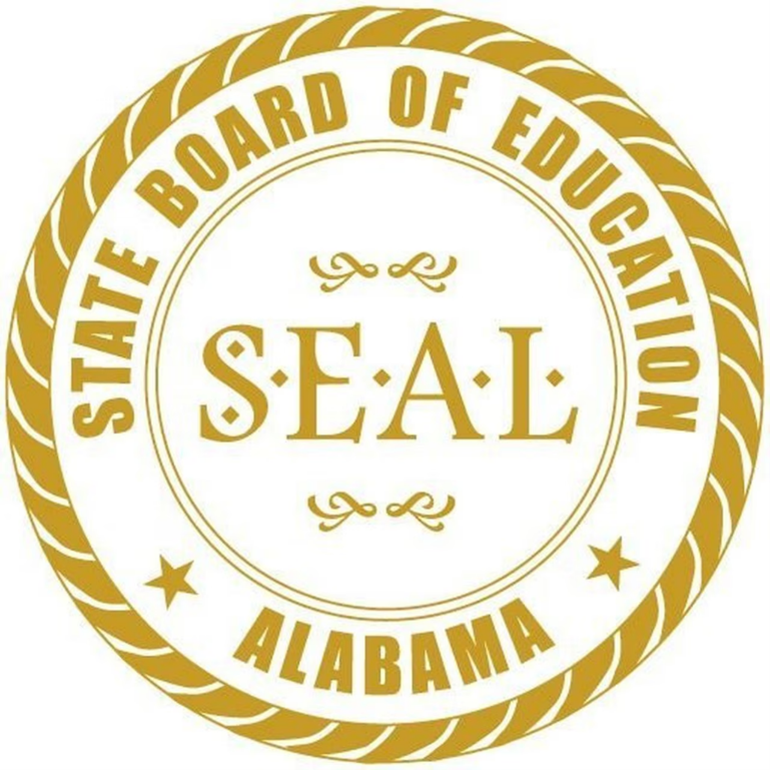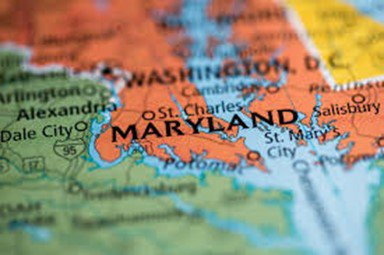Alabama K-12 officials seek $6.2 billion budget for literacy, principals, teachers – By Tricia Powell Crain, AL.com
Alabama education officials will seek an 11% increase in the state budget for FY25 to continue programs currently supported by pandemic relief aid and to fund new programs lawmakers approved in the 2023 legislative session.
At least $600 million more will be needed to continue funding for early literacy, teacher training programs and student supports in 2024-25, they say.
“These are some of those programs that we’ll have to have legislative support for or we’ll have to cut them back,” State Superintendent Eric Mackey said last week to the state Board of Education.
The current K-12 state education budget is $6 billion, with $5.6 billion of that directly connected to the state board of education. The last of $3 billion in federal pandemic relief money runs out in September 2024. Schools nationwide are reckoning with how to continue funding essential programs using state and local tax money in lieu of that federal support.

Despite success, Va. public-private program for early childhood care still far from meeting need – By JW Caterine, Virginia Mercury
Although almost 157,000 infants and toddlers in Virginia were eligible for publicly funded early childhood care and education services last year, data from the Virginia Department of Education shows over 90% lacked access to them. The same goes for more than half of the state’s approximately 128,000 eligible preschool-age children.
In an effort to fill those gaps, Virginia and the federal government offer a range of publicly funded programs. Besides the federally funded Head Start and the Virginia Preschool Initiative and Virginia Child Care Subsidy Program, the state has for seven years relied on its public-private Mixed Delivery program to ensure pre-kindergarten-aged children get education and care.
But while initiatives like Mixed Delivery routinely receive praise from child care providers, parents and education advocates, state funding for these programs still lags far behind demand.
Virginia’s Mixed Delivery program aims to increase the number of low-income families who can obtain early childhood education and care by granting state funds to private child care providers to cover those families’ expenses. First piloted in 2016, Mixed Delivery saw a surge in investment and enrollment during the COVID-19 pandemic, when more parents sought out smaller child care providers in more convenient locations.

Lawmakers, health officials want to bolster behavioral health services in schools with $120 million in grant opportunities – By Danielle J. Brown, Maryland Matters
To help combat the increasing mental health challenges among some of Maryland’s youngest residents, school-aged kids and teenagers, legislative and health officials are promoting a new state grant opportunity that carves out $120 million in state funds to bolster access to behavioral health services in public schools.
At a press conference Tuesday, Senate President Bill Ferguson (D-Baltimore) said that the $120 million grant funding is a “historic investment” in the mental health and well-being of Maryland students, as kids today face a barrage of new stressors that previous generations were less exposed to.
“Social media influences and the pandemic’s effect on learning and socialization have had a major impact on our children,” Ferguson said. “I think I speak for every single person up here when I say that our paramount concerns are our young Marylanders’ mental well-being and overall success.”
He was joined by Health Secretary Dr. Laura Herrera Scott, Sen. Katie Fry Hester (D-Howard and Montgomery), Del. Eric Ebersole (D-Baltimore) and members of the Consortium on Coordinated Community Supports, a state agency tasked with improving behavioral services in schools.

Gwinnett students hoping to become teachers get training in the classroom – By Josh Reyes, Atlanta Constitution
Alijah Gabriel went from table to table in a pre-calculus class at South Gwinnett High School answering questions and helping students with their assignment to find the length of legs of a triangle and convert degrees into radians. But Gabriel isn’t a teacher — just a couple of hours prior, she was learning the same lesson.
Gabriel spends part of each week as a student intern in a math class, helping with classroom responsibilities while absorbing as much information as she can. She’s spent much of high school in Gwinnett’s career and technical education program with a focus on preparing to become a teacher.
Across the country, college teaching programs have seen enrollment decline, and some school districts have struggled to fill positions. Gwinnett, the largest school district in Georgia, has maintained its staffing levels but has raised concerns with turnover that’s outpaced state and national averages. Gwinnett’s program could help fill future gaps.
Gwinnett’s education and training career pathway is larger than ever with about 1,200 students enrolled with an expansion this year into some middle schools, said Beth Autrey, the district’s coordinator of academies and career and technical education. The eighth graders in the expansion will earn high school credits that help with completing the pathway while getting earlier and more specific exposure to the career field. Juniors and seniors have the opportunity to sign a letter of intent that guarantees them a job interview after college. For students who already want to be educators, this is a chance to get started.
“I want to learn more about what teachers do, and I want to learn how they do it to get myself ready for when I do become a teacher,” said Jahrian Clyde, a student at Duluth Middle School.
Georgia has identified teaching and training as one of its 17 career clusters designed to set students up for success in an in-demand field — ideally in the state.











